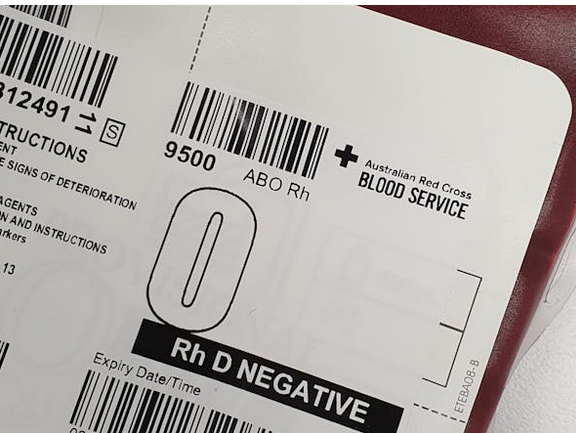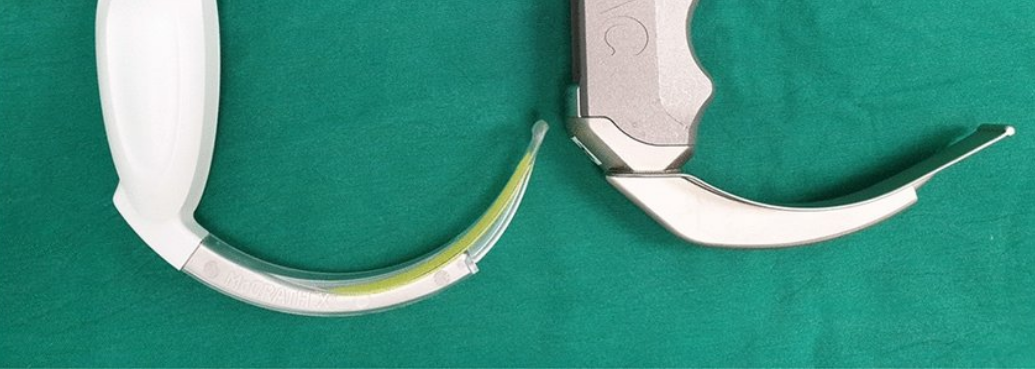Hemorrhagic Shock and Fluid Resuscitation in Trauma Patients: A Call to Action for Blood-Based Resuscitation
Introduction Hemorrhagic shock is a life-threatening condition that remains a leading cause of preventable deaths in trauma patients, particularly in the prehospital setting (1). Defined by a critical loss of…










